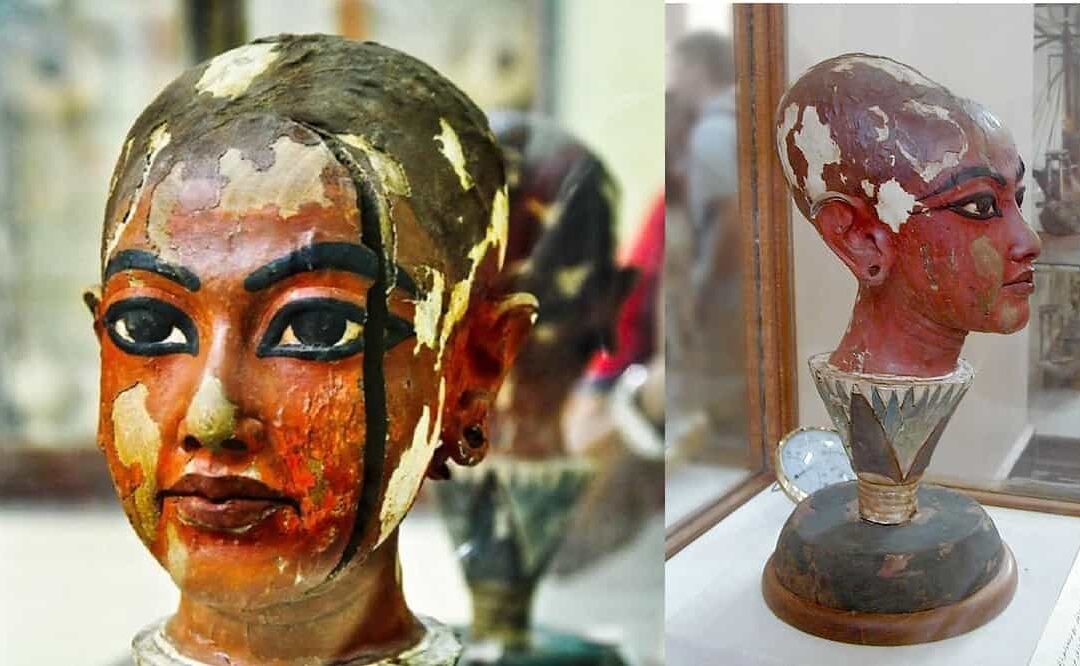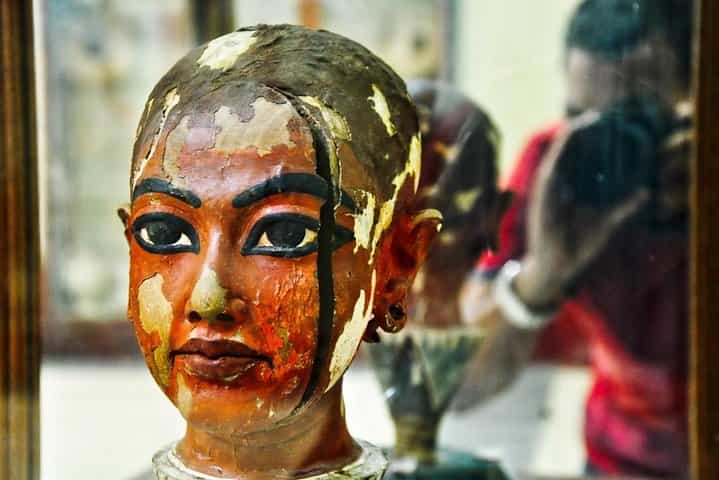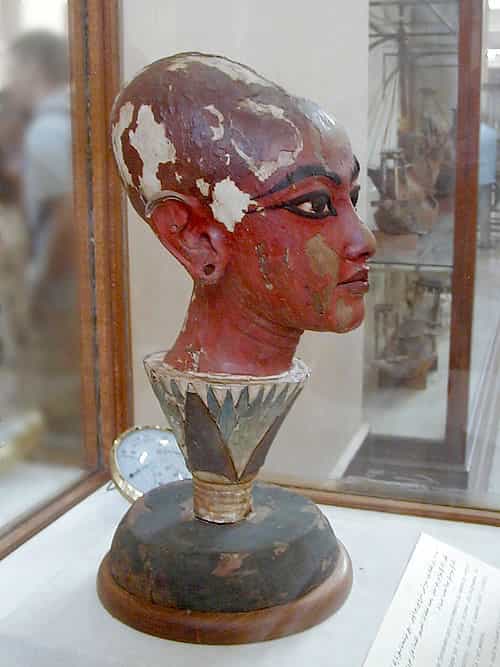King Tutankhamun, often referred to as “King Tut,” is one of the most famous pharaohs of ancient Egypt, despite his reign being brief and uneventful. Ascending the throne at just nine years old around 1332 BCE, Tut’s early years as king were likely marked by regency, with his advisers making most of the key decisions. His reign, which lasted only until his mysterious death at the age of 19, left behind no major political achievements. However, it is his tomb, discovered in 1922 by archaeologist Howard Carter, that cemented his place in history.
The Discovery of King Tut’s Tomb: A Window into Ancient Egypt
Tutankhamun’s tomb, found in the Valley of the Kings, was one of the most significant archaeological discoveries of the 20th century. Unlike the tombs of other Egyptian rulers, which had often been looted, King Tut’s tomb was largely intact, making it an extraordinary find. The tomb contained an impressive collection of treasures that illuminated the opulence and culture of ancient Egypt, offering unparalleled insight into royal life. Among the artifacts were gold jewelry, intricate statues, a golden throne, and the world-renowned golden burial mask, which has since become an iconic symbol of ancient Egypt. The tomb’s treasures provided not only a glimpse into the wealth and artistry of the time but also reflected the religious and cultural practices surrounding death and the afterlife.

The Golden Mask and Its Symbolism
The golden burial mask of King Tut, perhaps the most famous artifact discovered in the tomb, stands as a testament to the skill of ancient Egyptian craftsmen. Made of gold and adorned with precious stones, the mask was designed to ensure that Tutankhamun’s soul would be preserved and recognized in the afterlife. Its striking features and intricate craftsmanship symbolize the grandeur of the Egyptian monarchy and the belief in the immortality of the pharaoh. The mask, together with other burial items, demonstrated the significance of preparing the king for eternal life, a central tenet of ancient Egyptian religion.
Insights into Ancient Egyptian Burial Practices
King Tut’s tomb provided invaluable insights into the burial practices and religious beliefs of ancient Egypt. The tomb contained items such as chariots, clothing, furniture, and food offerings—all intended to accompany the young king in his journey to the afterlife. The Egyptians believed in a complex afterlife where the soul would face various challenges and trials before achieving eternal life. These offerings were meant to ensure that Tutankhamun would have everything he needed in the next world, emphasizing the importance of maintaining social and religious customs in the face of death.

Unlike the tombs of other pharaohs that had been robbed, King Tut’s tomb remained relatively undisturbed, allowing archaeologists to study these items in their original context. The presence of everyday items alongside royal regalia provided a unique view into the daily life of ancient Egyptians, offering a more personal connection to the past.
The Mysterious Death of King Tut
The cause of King Tut’s death remains one of history’s great mysteries. Various theories have been proposed over the years, ranging from a tragic accident, possibly related to a chariot crash, to illness or political intrigue. Modern scientific techniques, including DNA analysis and CT scans, have suggested that Tut may have suffered from malaria or a genetic condition, though no definitive cause has been established. His premature death at 19, while still a young king, continues to spark debate and research among scholars.
King Tut’s Enduring Legacy
Despite his relatively short life and reign, King Tutankhamun has become one of the most famous figures in history. The discovery of his tomb revolutionized Egyptology and sparked worldwide fascination with ancient Egypt. His treasures, now displayed in museums around the world, continue to captivate audiences with their beauty and craftsmanship. More importantly, Tutankhamun’s tomb has provided scholars with invaluable information about the culture, religion, and society of ancient Egypt, offering a rare and unbroken snapshot of one of the world’s greatest civilizations.

King Tut’s legacy is not only about the riches that accompanied his journey to the afterlife but also about how his story transcends time. The mystery of his life and death, the grandeur of his tomb, and the art and artifacts associated with him continue to inspire curiosity and wonder. As a symbol of ancient Egypt’s legacy, King Tut remains a timeless figure whose story continues to captivate the imagination of people around the world.
Through the discovery of his tomb, King Tutankhamun’s name is forever etched into history, a young boy who became an eternal symbol of Egypt’s ancient power, artistry, and belief in life beyond death.

